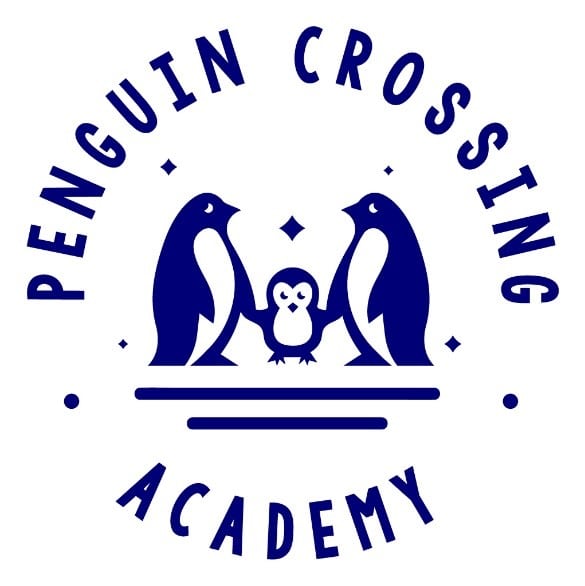If you haven’t noticed by now, your child grows and matures at a rapid speed! While this is most noticeable in the infant and toddler years, children of all ages are making many neurological connections that will aid them for the rest of their lives.
Children learn primarily through play. Playtime is their “school” or “job” to develop the skills they need later for their actual schooling and occupations. When you see playtime as education, then you’ll want to provide your child with toys that grow their brains, bodies, and language skills.
Should All Toys Be Educational?
Not necessarily, but most of them should be.
Toys shape your child’s understanding and interpretation of their world. If every toy has lights, noises, music, or some technology component, they won’t be satisfied with anything that isn’t interactive in later years.
To give another word picture, toys are the “food” that nourishes your child’s brain, body, and language development. Children who grow up playing with open-ended toys (that is, toys that can be used in more than one way, like blocks) are more likely to be curious, have excellent problem-solving skills, and be more content, than children who play with highly-stimulating or tech-based toys.
If toys are like food, then open-ended toys are like the nutritious parts of a meal and tech toys are like dessert. They can be permissible, even more than once a day, but shouldn’t be your primary nutrition source.
How Your Child Develops
You must remember that your child develops in three primary areas: cognitive (which includes emotions), physical, and speech/language skills.
Cognitive development includes areas like problem-solving, decision-making, abstract thinking, and emotional regulation.
Physical development would be both gross and fine motor skills. Gross motor skills are big movements, like walking, running, jumping, climbing, etc. Fine motor skills involve picking up or manipulating small objects purposefully.
Speech and language skills include growing a vocabulary, developing sentence structure, and comprehending what others are saying.
A developmental toy will encourage growth in one or more of these areas.
Developmental Toys for Babies
The best developmental toys for babies are those with high-contrast colors. This is because their vision is still developing, so toys with bright or high-contrasting colors (like black and white) and bold patterns will grab and keep their attention. Playmats with mobiles are great for newborns, while blocks, stacking rings, and rattles are good choices for older babies.
Toys with various textures are another excellent option, as babies want to touch everything–and put it in their mouth! Many wonderful sensory books provide different textures and crinkly or squeaky sounds. However, ensure that toys and books don’t have any small pieces that a baby can choke on.
Once your child begins to be mobile, push and pull toys will help develop their gross motor skills. For speech and language development, simple books are the way to go. Baby books don’t even need a story; books that show pictures of everyday objects help them learn new words. Pointing to the objects and giving your own commentary is sufficient.
Developmental Toys for Toddlers
Children at this age crave toys that develop their cognition. Puzzles with large pieces, blocks, and matching games combine cognitive development with gross and fine motor development.
Toddlers also begin to love creating artwork. Simple art supplies are an excellent way to develop sequencing skills (first dip the paintbrush into the paint, then paint the picture), fine motor development, and creativity. Age-appropriate supplies include crayons, paint sticks, paint brushes, or markers. Just ensure that any art supplies are non-toxic, as children often try to taste them.
To develop your toddler’s speech skills, puppets, dolls and action figures, and kitchen sets let your child utilize their growing vocabulary. Age-appropriate books introduce new words, help build sentence structure, and reinforce their understanding of words they already know.
Developmental Toys for Young Children
Pre-K children have more developed cognitive, motor, and language skills and can do highly coordinated activities. They can do many of the same activities as toddlers but on a higher level. For instance, puzzles with interlocking pieces, magnetic tile pieces for building structures, and Duplo or LEGO blocks.
Children at this age benefit from tripod scooters, balance bikes or tricycles, or bicycles with training wheels to improve their gross motor skills. For fine motor, you can choose more challenging art projects, such as paint-by-numbers, scissor activities, stickers, or tracing.
Keep reading age-appropriate books to develop your child’s language skills. They may also benefit from an interactive toy that teaches letters, letter sounds, numbers, a second language, and more.
Choosing the right toys for your child is just as important as choosing the right foods. While everything is alright in moderation, you still want your child to eat their fruits, veggies, grains, and proteins. Don’t give your child just tech-based toys–instead, choose a variety of toys that develop their cognition, motor skills, and language skills.
